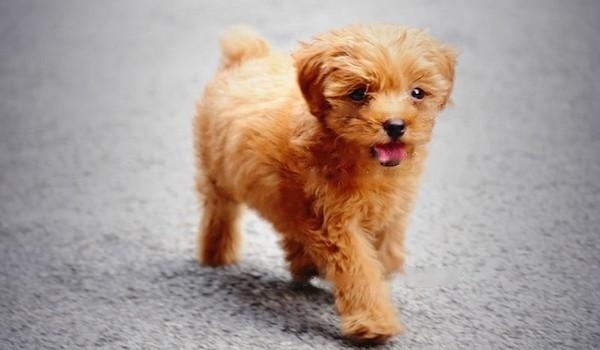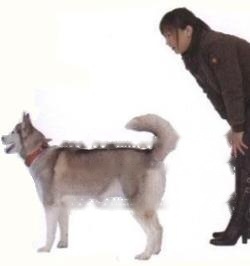Want bone health, vitamin D and cat health! Vitamin D is a general term for a class of ring-opening steroids derived from cyclopentane polyhydrophenanthrene rings, with Anti-rickets properties. Vitamin D is mainly cholecalciferol (vitamin D3) and ergocalciferol (vitamin D2). Vitamin D3 is the product of dehydrocholesterol in animal skin after ultraviolet irradiation, collectively referred to as calciferol.
Vitamin D is of great significance to cats. Studies have found that among pet cats receiving hospitalization, if The higher the vitamin D level in the body, the greater the chance of recovery. The discovery by researchers at the Royal School of Veterinary Research at the University of Edinburgh, UK, could also help veterinarians better advise pet owners about their pet's prognosis.
The researchers also conducted blood samples from 99 pet cats in critical condition treated at the university's small animal hospital. tested. After obtaining the owner's consent, the research team examined the cats' vitamin D levels. They found that cats with higher levels of vitamin D in their blood were more likely to be alive 30 days after admission, compared with cats with the lowest levels of vitamin D. This could help veterinarians predict which animals are more likely to recover.
The study highlights the need to learn more about whether vitamin D plays a role in developing certain diseases in cats, and how What are the consequences for the cat's illness. So, getting your cat to consume vitamin D scientifically can give it an extra life.
I. Clinical symptoms of vitamin D deficiency in cats
Young pets will show symptoms of rickets. The initial symptoms are heterophilia, digestive disorders, preferring to lie down, lameness, slow growth and development, hypertrophy of cartilage, swelling of the limbs and joints, and bending of the limbs when standing. Posture; bone hardness is significantly reduced, fragility is increased, and fracture is easy; serum alkaline phosphatase activity is increased, and blood calcium and blood phosphorus levels are decreased. Adult pets show osteomalacia and osteoporosis. In the early stage of the disease, there is a digestive disorder dominated by heterophilia, followed by movement disorders, stiffness of the waist and legs, limp in one or several limbs or alternating limbs, often lying on the ground and reluctance to stand up. Subsequently, there will be swelling and deformation of the bones, swelling and pain in the limbs, swelling of the joint between the ribs and the costal cartilage, and easy fracture. Serum calcium levels did not change significantly, serum phosphorus levels were significantly decreased, and serum alkaline phosphatase levels were significantly increased.
Second, the etiology of vitamin D deficiency in cats
Long-term Insufficient sunlight exposure can cause vitamin D deficiency; young pets grow rapidly during the weaning stage and early sexual maturity, and calcium and phosphorus deposition increase significantly; adult pets are prone to lose a lot of calcium and phosphorus during late pregnancy and lactation. These factors All can increase the body's need for vitamin D. If the supply is insufficient, it will easily lead to deficiency; gastrointestinal disease affects the absorption of vitamin D, liver disease affects the transformation and storage of vitamin D in the liver, and kidney disease can affect the hydroxyl of vitamin D. chemical effect. In addition, strontium and cymbals in the feed can interfere with the utilization of vitamin D, and excessive vitamin A content can also hinder the body's utilization of vitamin D, resulting in relative deficiency.
III. Treatment of vitamin D deficiency
Vitamin D Deficiency often reduces the body's absorption and storage of calcium, and due to the slow development of the disease, when typical symptoms appear, the cat is not only deficient in vitamin D, but also loses bone due to severe calcium deficiency. Therefore, the treatment of vitamin D deficiency usually adopts a two-pronged approach of supplementing both vitamin D and calcium. In the initial stage, 5-10 mL of fish liver oil and 2-3 g of calcium can be used every day. After 5-6 days of continuous use, stop using cod liver oil for 2-3 days, and then continue to use it until recovery: if the cat has Severe bone deformation requires an intramuscular injection of 100,000 to 200,000 IU of vitamin D3 and an intravenous injection of 2 to 3 g of calcium chloride or calcium gluconate before continuing the treatment using the above methods. In the course of treatment. To closely observe the cat's feeding and digestion status, such as digestive disorders, should be used as appropriate to the stomach.
Fourth, the pet's requirement for vitamin D and poisoning symptoms and treatment
The minimum requirement for vitamin D in the growth period of pet cats is 750IU per kilogram of dietary dry matter, while the minimum adult maintenance period is 500IU per kilogram of dietary dry matter, and the maximum is 10000IU.
Vitamin D poisoning can occur by long-term supply of feed containing more than normal vitamin D requirements or by feeding pets with animal liver or cod liver oil for a long time. The main clinical manifestations of poisoning are anorexia, diarrhea, increased serum calcium concentration, normal or slightly increased blood phosphorus concentration, and bone decalcification; long-term high calcium can also cause multiple peripheral calcification phenomena, such as kidney stones and osteoporosis. Wait. The dietary structure is adjusted immediately after poisoning is found. In addition to symptomatic treatment, injection of prednisolone, furosemide or calcitonin can also be subcutaneously injected.
![[Dog Training 5] The training method of pet dog dining etiquette](/static/img/12192/12192_1.jpg)



